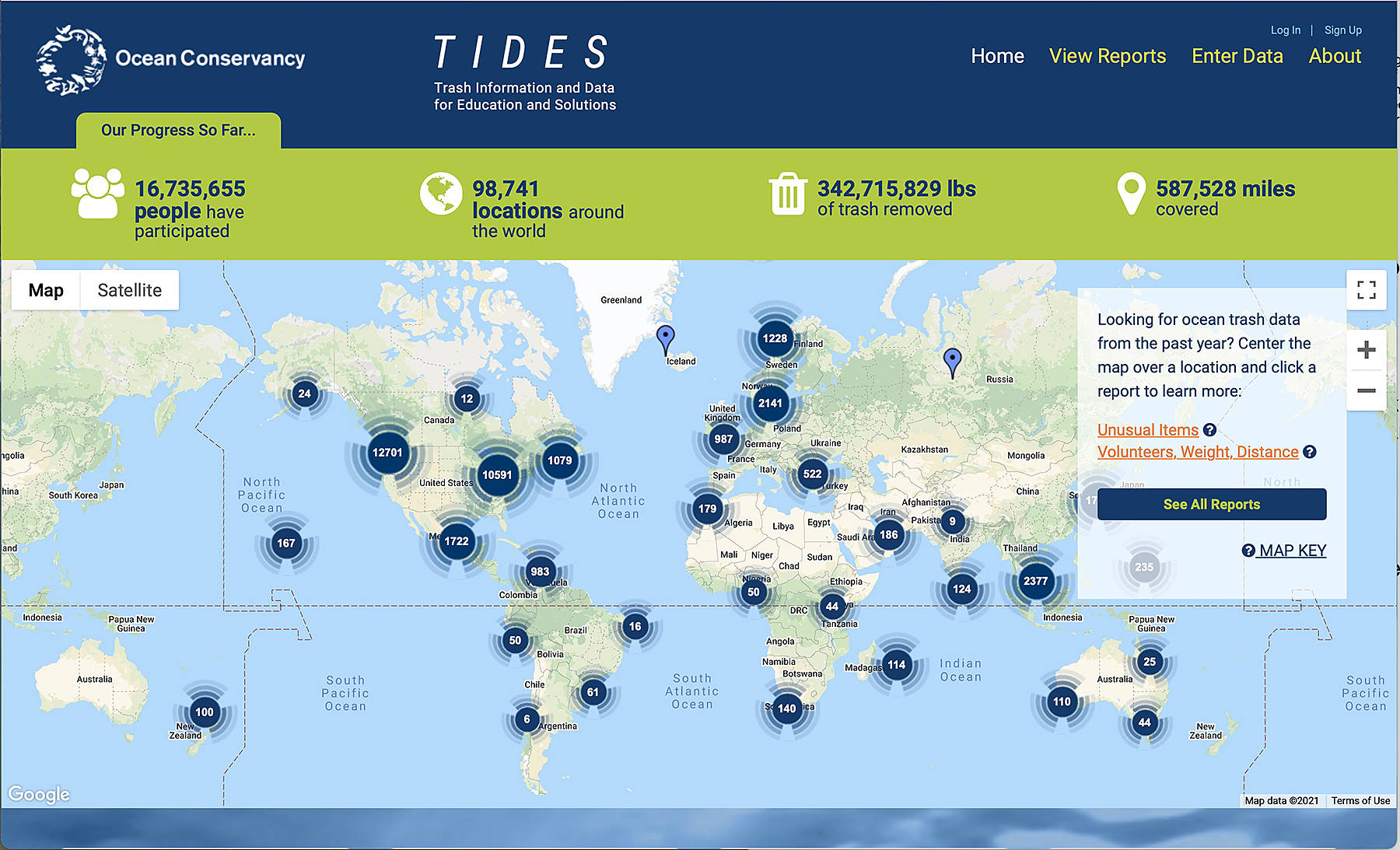By Nancy Messmer
Washington Clean Coast Alliance Steering Committee Clallam Bay Sekiu Lions
On April 17, thirty-three volunteers collected marine debris from the beaches on the Western Strait of Juan de Fuca. They removed 770 pounds of debris that could negatively impact marine habitats and wildlife. Hurray!!
Several of the volunteers then added another job to their day. Many people would be happy to sort the recyclables into one bin, dump the rest into a landfill and go home. Citizen Scientists did more.
Using one of the groups as an example: four students and one Mom drove to Clallam Bay from Port Angles. Working as the Surfrider Environment Club, they drove to Shipwreck Point and collected 295 pounds of debris, including a huge mass of rope (500 yards) and fishing line (25 yards). They dumped the bags onto the ground in front of the Visitor Center and began sorting all of it into categories. Sorting went quickly at first with piles growing of plastic beverage bottles (60), beverage cans (132), glass beverage bottles (53), plastic bottle caps (40), foam and plastic packaging (218), cigarette lighters (12), straws/stirrers (41), food wrappers (60) and more. They also found a glass bottle encrusted with goose-neck barnacles, a mystery canister, and 8 toys. Eventually, the sorting was harder as volunteers tried to identify hundreds of pieces of plastic. The end task was counting tiny trash, pieces of foam (33), glass (18), and plastic (48) smaller than 2.5 centimeters.
The students could have tallied the debris as they walked using the “Clean Swell” app on their smartphones. They chose to sort and tally the debris as a group, using the Ocean Trash Data Form.
While the student group drove back to Port Angeles, Lion/Data Manager Nancy Messmer entered their data into the Ocean Conservancy interactive database and real-time global map (https://www.coastalcleanupdata.org). When the students look at the map, they see that their information is part of the data being used around the world to address the problem.
Why go to the trouble to sort and count and report? The information generated by citizen scientists (students, families, senior citizens, community groups, a couple pals) around the world provides a snapshot of the global ocean trash problem and influences long-term solutions. “Stop the Inflow” is a new working group of the Washington Clean Coast Alliance, aka CoastSavers.org, and Cleanups with Data Collection and Reporting are a strategy that can be used by families and small groups as well as large-scale community efforts.
Here is some info on doing your own cleanup https://oceanconservancy.org/trash-free-seas/international-coastal-cleanup/start-a-cleanup/. Plastic pollution and trash in the seas are a big problems. Local citizen scientists are part of the solution.


